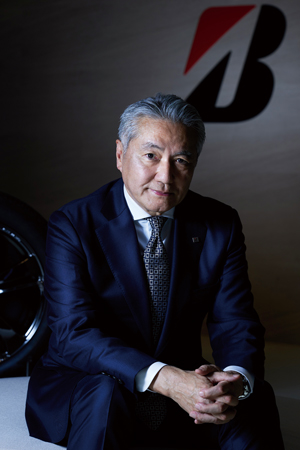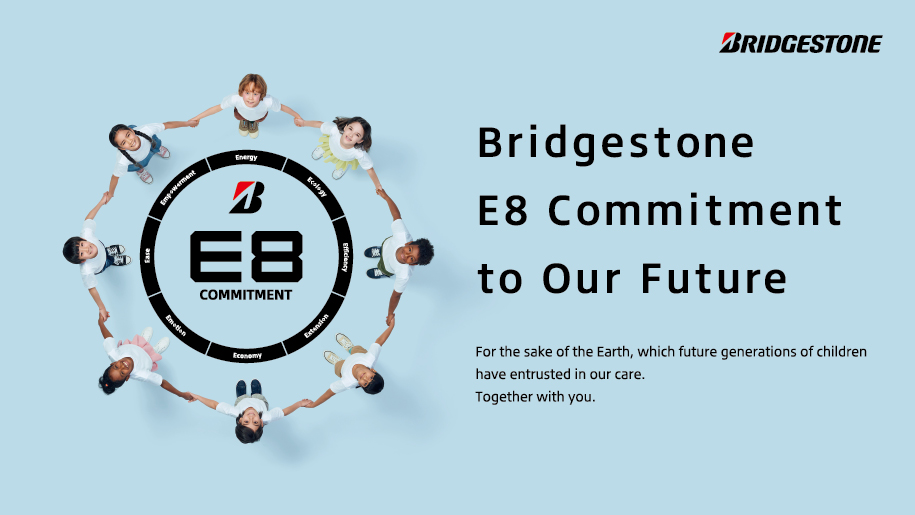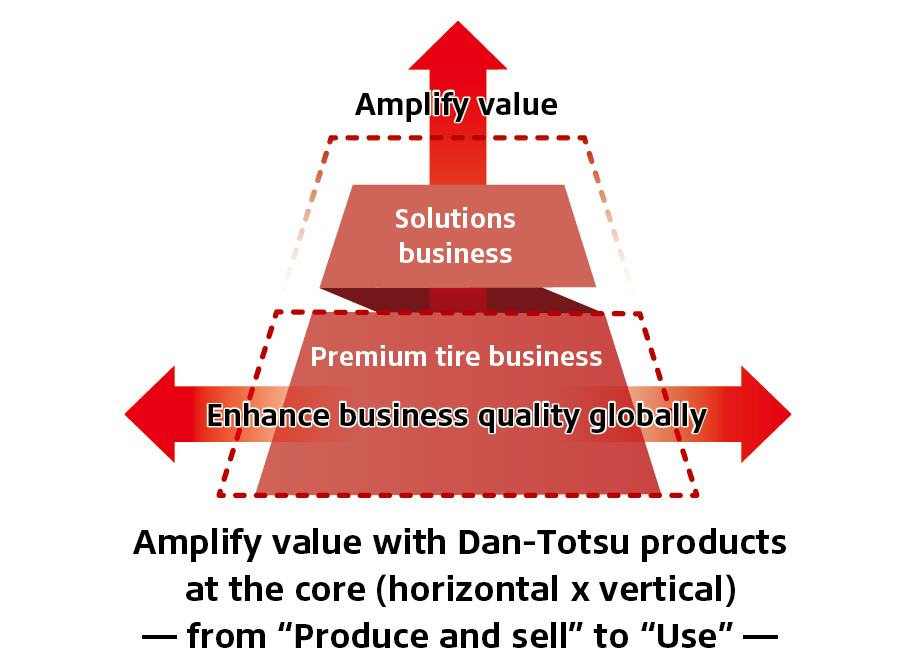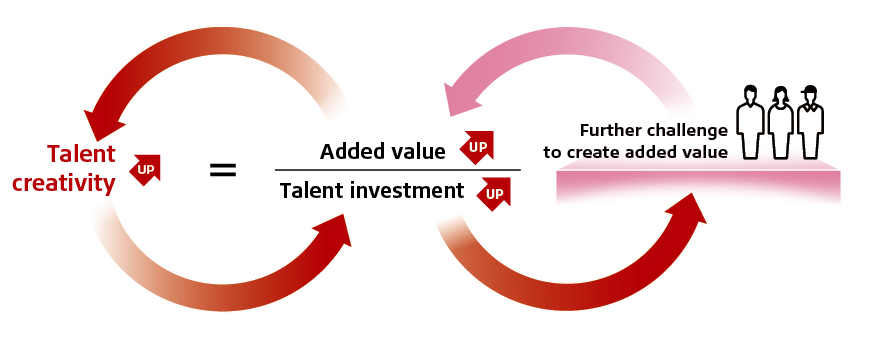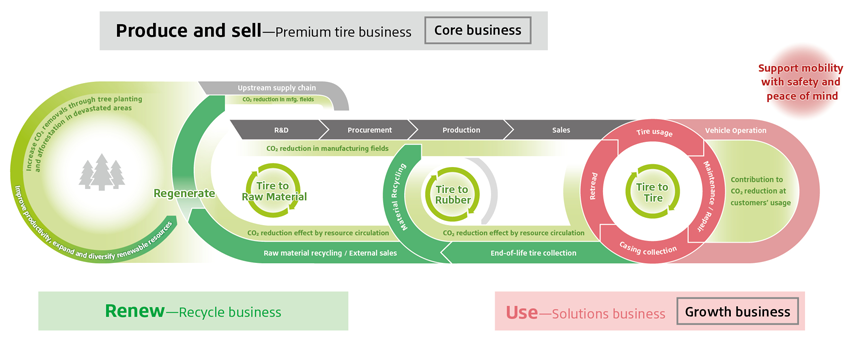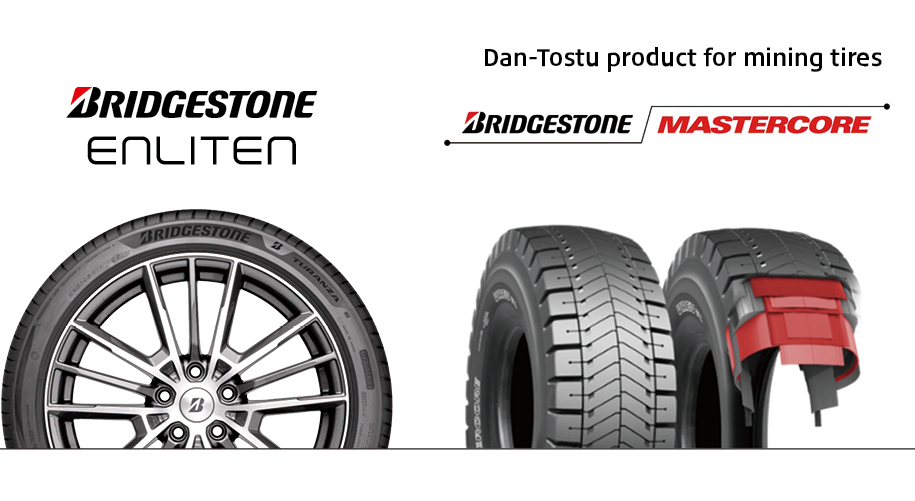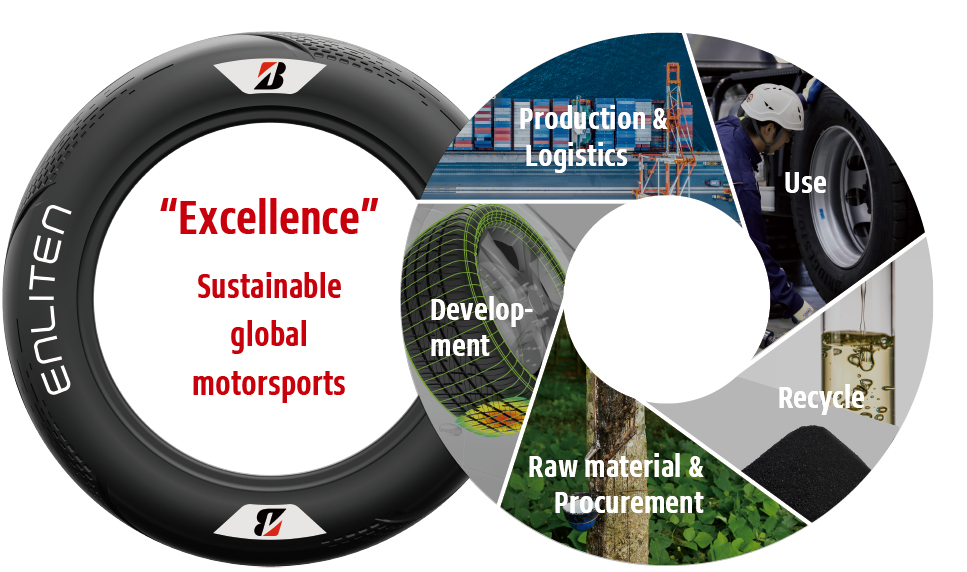In 2025, by following through on these strategies related to “defense” and “offense,” we are striving toward “growth with quality” from the second half of the year. Nonetheless, we face an ongoing turbulent business environment, and have encountered new challenges to management this year, rooted in the impact of U.S. tariffs. As of the end of May 2025, numerous uncertainties remain regarding the impact of these tariffs, but we are taking steps to deal with the situation by continuously assessing the direct impact on raw materials costs and on the tire units (higher costs of imported tires in the U.S., etc.) stemming from the terms of the tariffs (some of which we have incorporated into our assumptions). As of May 15, 2025, we estimated the direct impact on adjusted operating profit to be approximately 45 billion JPY, assuming we will offset the impact to some extent through a combination of measures. In Bridgestone, the direct impact can be illustrated by the fact that, for Passenger tires, approximately 10% of the products produced in Japan are exported to the U.S. Additionally, assuming that the tariff application for products from Mexico and Canada is deferred, about 4% of our global sales will be affected by U.S. tariffs.
In this business environment, the importance of “the year of emergency and crisis management” has been emphasized. We need to turn changes into opportunities on a global scale. Reflecting Bridgestone’s history, I am always mindful of “turning changes into opportunities” in my approach to management, even after our third foundation in 2020. What we are called to do in terms of our global direction remains unchanged. I see these circumstances as an opportunity to build even stronger business quality by further reinforcing our initiatives. In addition to carrying through and augmenting actions related to both “defense” and “offense,” we will streamline our business structure globally, including taking additional steps in business restructuring and rebuilding (2nd stage) and optimizing the global supply chain by leveraging our strengths as a global company.
Also, starting with measures to mitigate the impact of U.S. tariffs, we will thoroughly address the market and business structural changes by country, and will initiate “growth with quality” from markets to grow in the second half of 2025. In the U.S. in particular, our most important market, the need is to further speed up our reinforcement of the business in terms of both sales and production, mainly by rebuilding our consumer tire business. For example, we expect an increase in car maintenance demand due to the aging of vehicles in the U.S., as well as growing demand for tires in the Tier 2 and Tier 4 zones. In this environment, the value of Firestone, a traditional American brand, will become even more important. By enhancing brand power through collaborations with events like the NTT INDYCAR® SERIES and deploying ENLITEN technology to Firestone products, we aim to strengthen our product offerings and establish a unique value position. Additionally, we will comprehensively strengthen our brand, products, and channels by expanding our equity retail network, Firestone Complete Auto Care, centered on service expansion and building new family channels. Through these initiatives, we believe we can create greater customer value by being closer to our customers and solving their pain points. In terms of production, Bridgestone has promoted a local production for local sales structure to reinforce a resilient global business foundation. Currently, the ratio of local production for local sales in the U.S. is approximately 60% for passenger car tires and approximately 70% for truck and bus tires and off-the-road tires. In the Americas, which includes North and Latin America, this ratio is approximately 90% for passenger car tires and approximately 80% for truck and bus tires. As part of strengthening the U.S. business, we plan to expand production capacity for passenger car tires to maintain and improve these ratios. We will make small-scale investments at the Aiken Plant in the U.S. to optimize the balance between processes while increasing productivity and maximizing the use of existing equipment including at the Wilson Plant. We will start to increase production incrementally from 2025, reach approximately 2 million units volume increase by end of 2027. We will also expand production at our manufacturing footprints in Mexico and Canada by enhancing productivity and fully utilizing existing equipment there.
In the area of high value-added tires, we will pursue a strategy of producing tires in Japan and winning in world markets, supplementing our global structure that supports local production for local sales, placing Japan at the core of our manufacturing. In other regions, we will also build country-specific strategies and take initiatives to turn changes into opportunities. In particular, in Japan, Thailand, and Indonesia where Bridgestone has high market share, we anticipate an influx of products in the low-end zone. In these markets, it is essential to more firmly protect our family channels. In addition to thorough premium focus and reinforcing Dan-Totsu products, which represent the “best” category of the Bridgestone brand, we will also strengthen products in the “better” and “good” segments of the brand. Moreover, we have built a resilient business foundation for the mining tire business in the U.S. The proportion of local production for local sales there is high, and the ratio of U.S. imports in global sales is low. Based on this foundation, we will continue to expand Bridgestone MASTERCORE tires, a Dan-Totsu product, and solutions, in pursuit of “growth with quality.”
In 2025, by maintaining a high sensitivity to changes and carrying through the initiatives what we have determined, as well as implementing measures to turn changes into opportunities, we will advance to the “true next stage” in 2026, evolving into a “strong Bridgestone” that can win even in a turbulent business environment.
